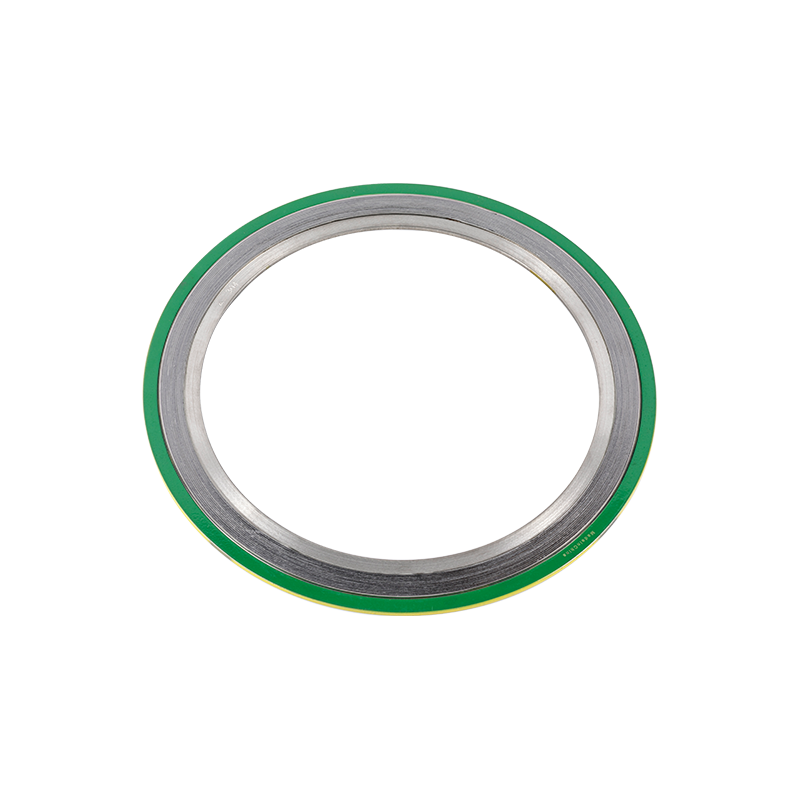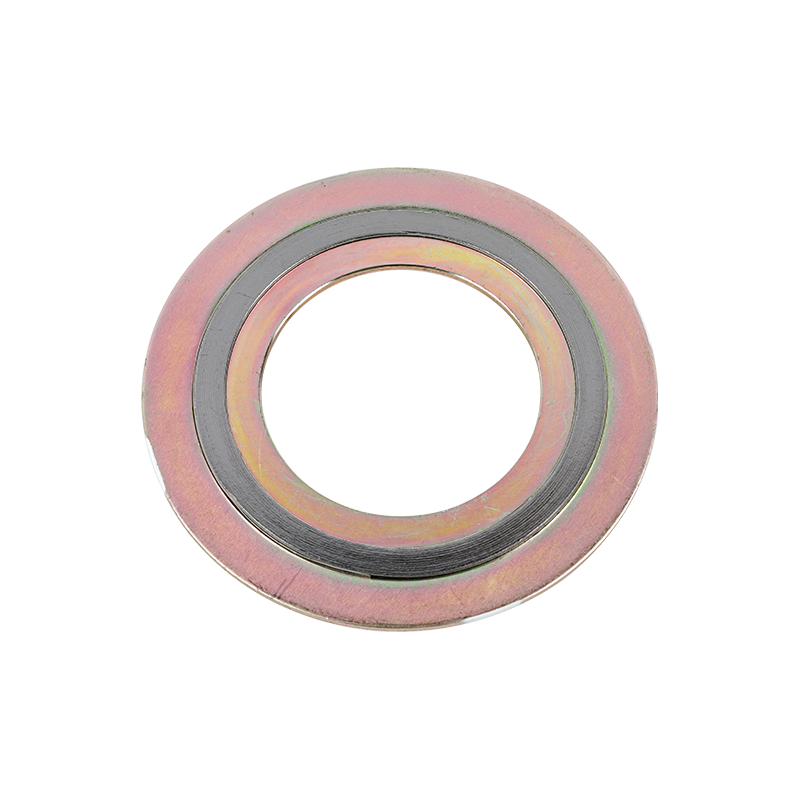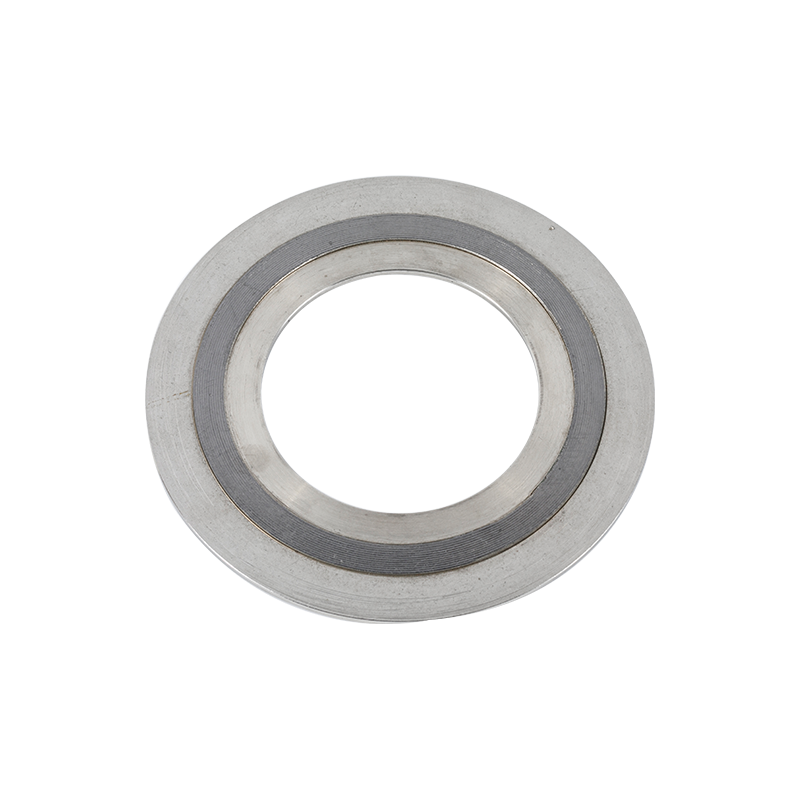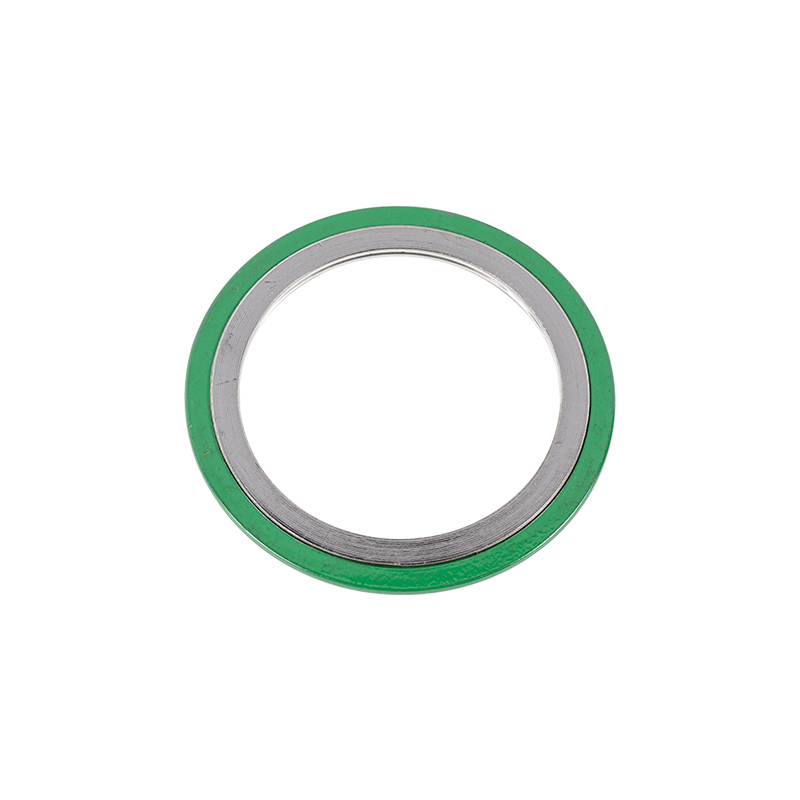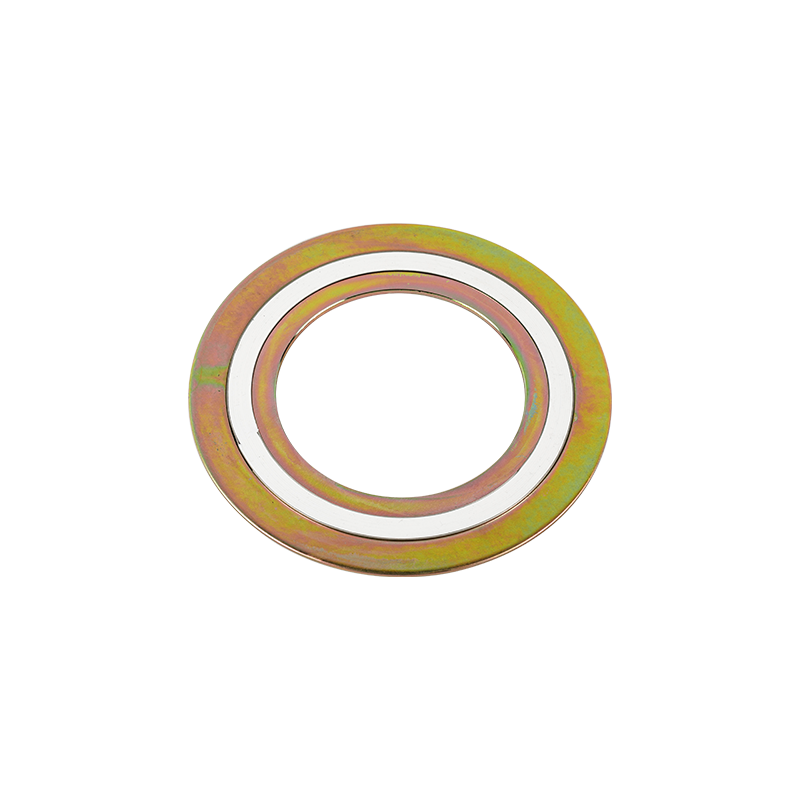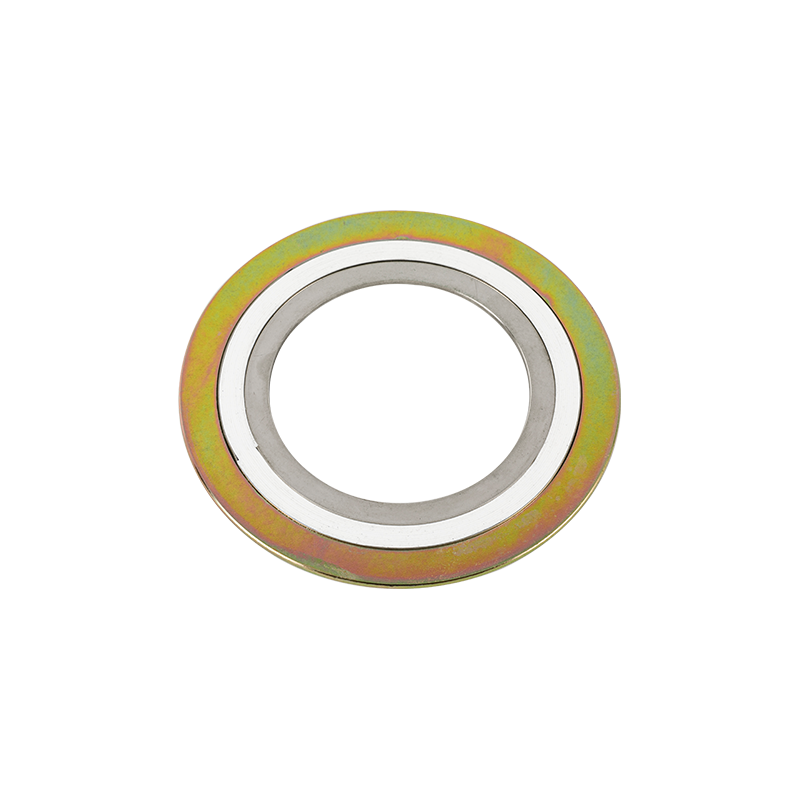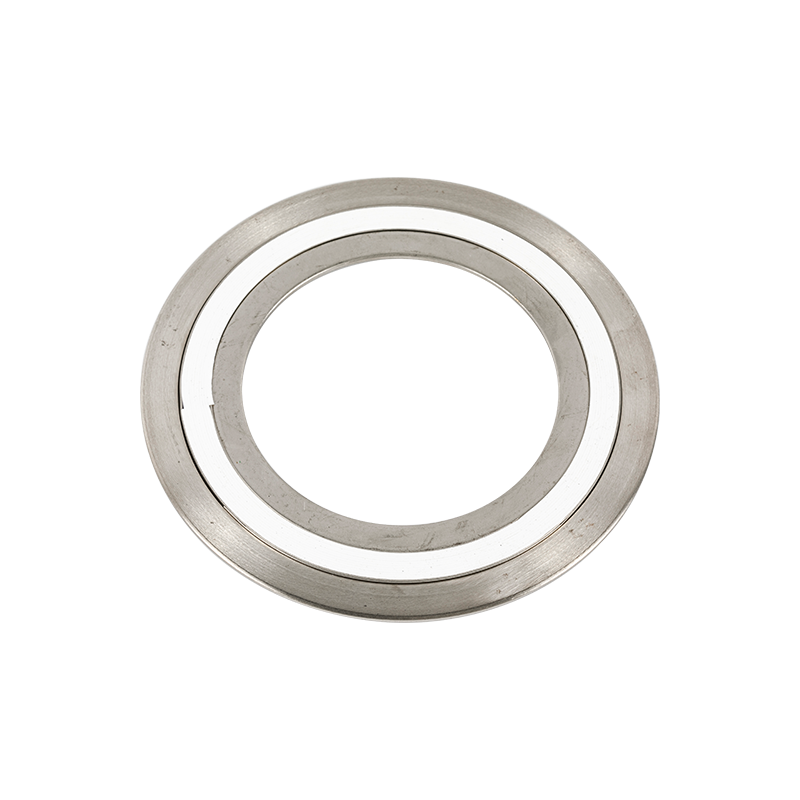In our complex world of engineering and manufacturing, it's easy to overlook the vital components that keep our industries running smoothly. One such component that deserves recognition is the die-formed ring. Often underestimated in its significance, the die-formed ring plays a critical role in various sectors, from automotive and aerospace to household appliances and industrial machinery.
To understand the importance of die-formed rings, let's start by exploring their purpose and function. A die-formed ring, also known as a stamped metal ring, is a small, circular metal component that is precisely manufactured to serve as a seal or joint between two mating surfaces. Whether it's to prevent leakage of fluids or gases, provide cushioning and support, or ensure a secure connection, die-formed rings are essential for maintaining the integrity and efficiency of countless mechanisms.
The production process of die-formed rings requires careful precision and expertise. It begins with selecting the appropriate material based on the desired properties, such as strength, durability, and resistance to corrosion or extreme temperatures. Common materials used for die-formed rings include stainless steel, carbon steel, copper, brass, and aluminum.
Next, the selected material is formed into a ring shape using a method called stamping or pressing. This involves the creation of a custom-made die, which is essentially a mold in the shape of the desired ring design. The metal strip or sheet is carefully positioned within the die, and pressure is exerted to shape it into the required size and geometry. This process ensures a consistent and uniform shape for each die-formed ring, resulting in precise dimensions and a high-quality end product.
One of the significant advantages of die-formed rings is their versatility. They come in a wide range of sizes, thicknesses, and shapes to accommodate the specific needs of different industries and applications. They can be circular, rectangular, oval, or even have irregular shapes to fit unique sealing requirements. Additionally, they can be designed with various features such as chamfers, grooves, or notches to enhance their performance and compatibility with specific assemblies.
Die-formed rings offer several benefits that make them preferred over other sealing options. Firstly, their ability to provide a tight seal helps prevent leakage in various environments, including high-pressure or high-temperature conditions. Secondly, their compact size enables them to fit into confined spaces, making them ideal for applications with limited room. Moreover, die-formed rings exhibit excellent resistance to compression, ensuring long-lasting durability and reliability. They are also cost-effective, thanks to their efficient production process and the ability to recycle and reuse the materials.
Considering the ubiquity of die-formed rings in numerous industries, it is evident that these unassuming components play a crucial role in our daily lives. From keeping our vehicles in optimal condition to ensuring the safety and efficiency of industrial machinery, die-formed rings contribute significantly to the smooth operation of countless systems and mechanisms.


 English
English
 中文简体
中文简体
